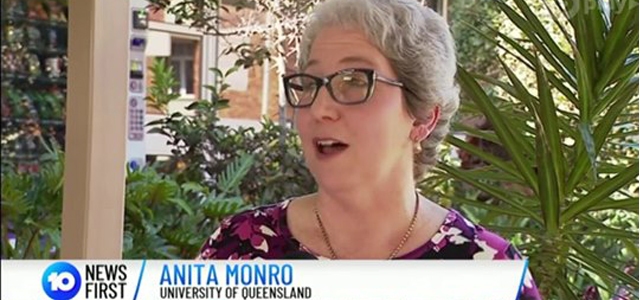The news that a group of Catholic schools had adopted gender-neutral language in their description of God has kicked off a public debate regarding the use of gender pronouns while describing God.
Those deriding the shift have suggested that the move is born out of political correctness. Queensland’s Deputy Opposition Leader Tim Mander has described the shift as “The political correct agenda of the left…now infiltrating our schools. It’s an absolute joke.”
This debate marks a rare time when discussion about faith and gender becomes a focal point for mainstream, secular news outlets, published on front pages and featured in news bulletins.
The school’s shift to gender-inclusive language reportedly included drawing on the pronoun “Godself”. There is no official directive for these schools to use gender-inclusive language, as this decision is up to individual principals.
Despite gaining this recent attention, the debate is a good deal older, and draws on a number of different understandings of how to refer to God.
Scripture does obviously describe God in gendered ways. Jesus’ description of God as “Father” is one of the more well-known examples, as is the fact that Jesus appeared in history as a man. This masculine language is predominant in many traditional hymns as well.
Less-known, but also present in scripture are more feminine ways to describe God. In Matthew 23:37, Jesus describes Himself as wanting to gather the children of Jerusalem in the manner of a mother hen.
Uniting Church Minister and theologian Rev. Dr Anita Monroe was among the voices to speak in favour of the shift to gender-inclusive language. In an interview aired on Channel 10 in Brisbane, she said that outrage over the change was an overreaction, because the efforts to use inclusive language had been underway for decades.
“It’s been happening forever in the whole of the history of the Christian church,” Rev. Dr Monroe said.
“This is just English language catching up with deep understandings of the nature of God.”
The church, as part of its mission to wider society, has at times altered belief statements and hymns or introduced new ones, so as to feature pronouns such as “humankind”.
The Uniting Church Basis of Union was updated in 1992 to incorporate more inclusive language, removing the gendered pronouns for God.
As with any image for God, these are intended to help people describe a transcendent reality: God is beyond our descriptions.
Jonathan Foye is Insights’ Editor













